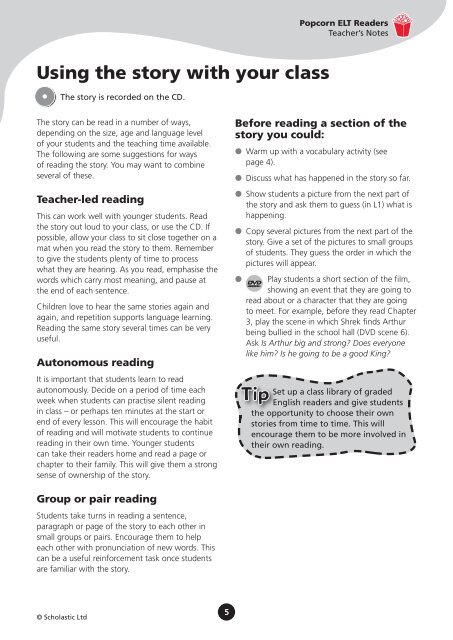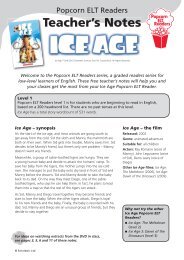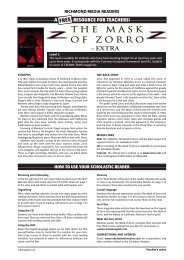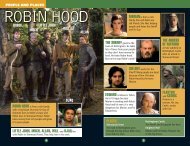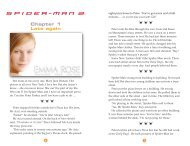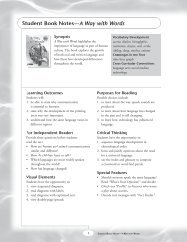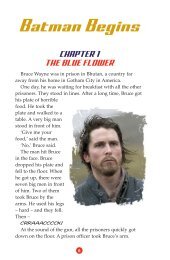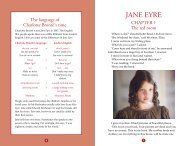Teacher's Notes - Richmond
Teacher's Notes - Richmond
Teacher's Notes - Richmond
You also want an ePaper? Increase the reach of your titles
YUMPU automatically turns print PDFs into web optimized ePapers that Google loves.
Popcorn ELT Readers<br />
Teacher’s <strong>Notes</strong><br />
Using the story with your class<br />
The story is recorded on the CD.<br />
The story can be read in a number of ways,<br />
depending on the size, age and language level<br />
of your students and the teaching time available.<br />
The following are some suggestions for ways<br />
of reading the story. You may want to combine<br />
several of these.<br />
Teacher-led reading<br />
This can work well with younger students. Read<br />
the story out loud to your class, or use the CD. If<br />
possible, allow your class to sit close together on a<br />
mat when you read the story to them. Remember<br />
to give the students plenty of time to process<br />
what they are hearing. As you read, emphasise the<br />
words which carry most meaning, and pause at<br />
the end of each sentence.<br />
Children love to hear the same stories again and<br />
again, and repetition supports language learning.<br />
Reading the same story several times can be very<br />
useful.<br />
Autonomous reading<br />
It is important that students learn to read<br />
autonomously. Decide on a period of time each<br />
week when students can practise silent reading<br />
in class – or perhaps ten minutes at the start or<br />
end of every lesson. This will encourage the habit<br />
of reading and will motivate students to continue<br />
reading in their own time. Younger students<br />
can take their readers home and read a page or<br />
chapter to their family. This will give them a strong<br />
sense of ownership of the story.<br />
Before reading a section of the<br />
story you could:<br />
● Warm up with a vocabulary activity (see<br />
page 4).<br />
● Discuss what has happened in the story so far.<br />
● Show students a picture from the next part of<br />
the story and ask them to guess (in L1) what is<br />
happening.<br />
● Copy several pictures from the next part of the<br />
story. Give a set of the pictures to small groups<br />
of students. They guess the order in which the<br />
pictures will appear.<br />
●<br />
Play students a short section of the film,<br />
showing an event that they are going to<br />
read about or a character that they are going<br />
to meet. For example, before they read Chapter<br />
3, play the scene in which Shrek finds Arthur<br />
being bullied in the school hall (DVD scene 6).<br />
Ask Is Arthur big and strong? Does everyone<br />
like him? Is he going to be a good King?<br />
Set up a class library of graded<br />
English readers and give students<br />
the opportunity to choose their own<br />
stories from time to time. This will<br />
encourage them to be more involved in<br />
their own reading.<br />
Group or pair reading<br />
Students take turns in reading a sentence,<br />
paragraph or page of the story to each other in<br />
small groups or pairs. Encourage them to help<br />
each other with pronunciation of new words. This<br />
can be a useful reinforcement task once students<br />
are familiar with the story.<br />
© Scholastic Ltd<br />
5


